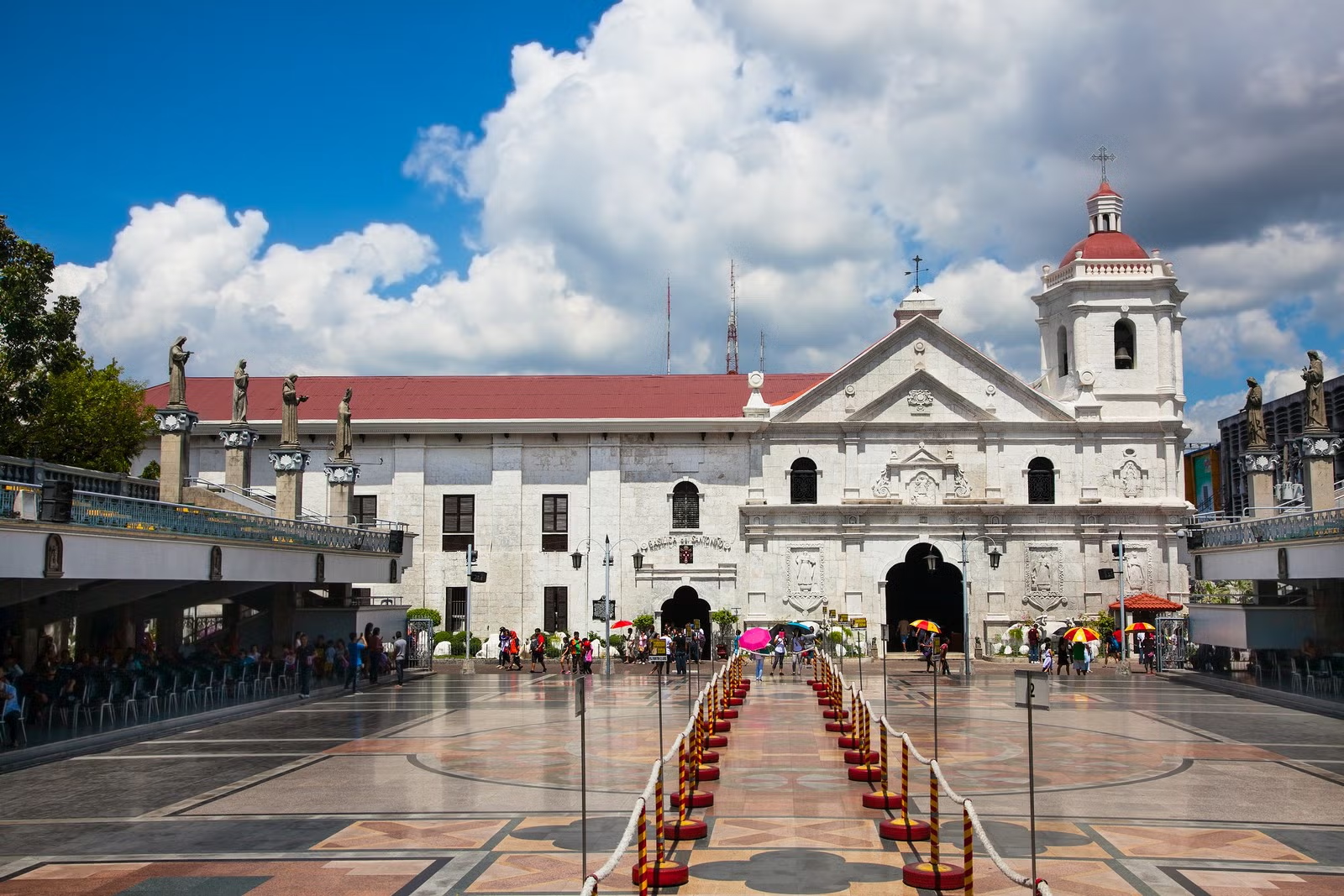Standing proudly just a stone’s throw away from Magellan’s Cross in Cebu City, the Basilica Minore del Santo Niño is the oldest Roman Catholic church in the Philippines. Its history is deeply intertwined with the arrival of Christianity in the archipelago, making it a paramount religious and historical landmark. More than just a beautiful edifice, the Basilica is a living testament to the enduring faith of the Filipino people and the profound impact of early Spanish colonization.
A Discovery Amidst the Ashes
The story of the Basilica begins with the arrival of Ferdinand Magellan in Cebu in 1521. He presented a statue of the Santo Niño (Holy Child Jesus) as a baptismal gift to Hara Amihan (Queen Juana) after she and Rajah Humabon embraced Christianity. However, Magellan’s stay was short-lived, and he was killed in a battle in nearby Mactan.
Years later, in 1565, Miguel López de Legazpi’s expedition arrived in Cebu. During the conquest, a soldier stumbled upon a miraculously preserved image of the Santo Niño in a burned-down hut. This discovery was seen as a divine sign and further solidified the devotion to the Holy Child.
From Humble Beginnings to a Grand Basilica
The first church on the site was a simple structure of wood and nipa. Over the centuries, it underwent several reconstructions due to fires and the need for a larger space to accommodate the growing number of devotees. The present stone church, built in the Baroque style, was completed in 1739. Its sturdy walls and intricate details stand as a testament to the enduring faith and architectural prowess of the time.
In 1965, Pope Paul VI elevated the church to the status of a Minor Basilica during the 400th anniversary of the Christianization of the Philippines. This honor recognizes the church’s historical significance and its role as a major center of pilgrimage.
The Heart of Devotion: The Santo Niño de Cebu
The centerpiece of the Basilica is the revered Santo Niño de Cebu statue. This small, wooden image of the Child Jesus dressed in elaborate robes is believed by many to be miraculous. It is the object of deep veneration, and devotees flock to the Basilica daily to offer prayers and express their faith.
A Vibrant Center of Faith and Culture
The Basilica Minore del Santo Niño is more than just a historical building; it is a vibrant hub of religious and cultural activities. Masses are held frequently, drawing large congregations. The annual Sinulog Festival, one of the Philippines’ grandest celebrations, culminates with a solemn procession in honor of the Santo Niño, attracting millions of pilgrims and tourists.
A visit to the Basilica Minore del Santo Niño is a powerful experience. It offers a glimpse into the Philippines’ rich religious heritage and the deep faith that continues to shape the lives of its people. Whether you are a pilgrim seeking spiritual solace or a traveler interested in history and culture, the Basilica is an essential stop in Cebu City, a place where the past and present converge in a profound expression of faith
Discover more from Mango Park Hotels
Subscribe to get the latest posts sent to your email.


